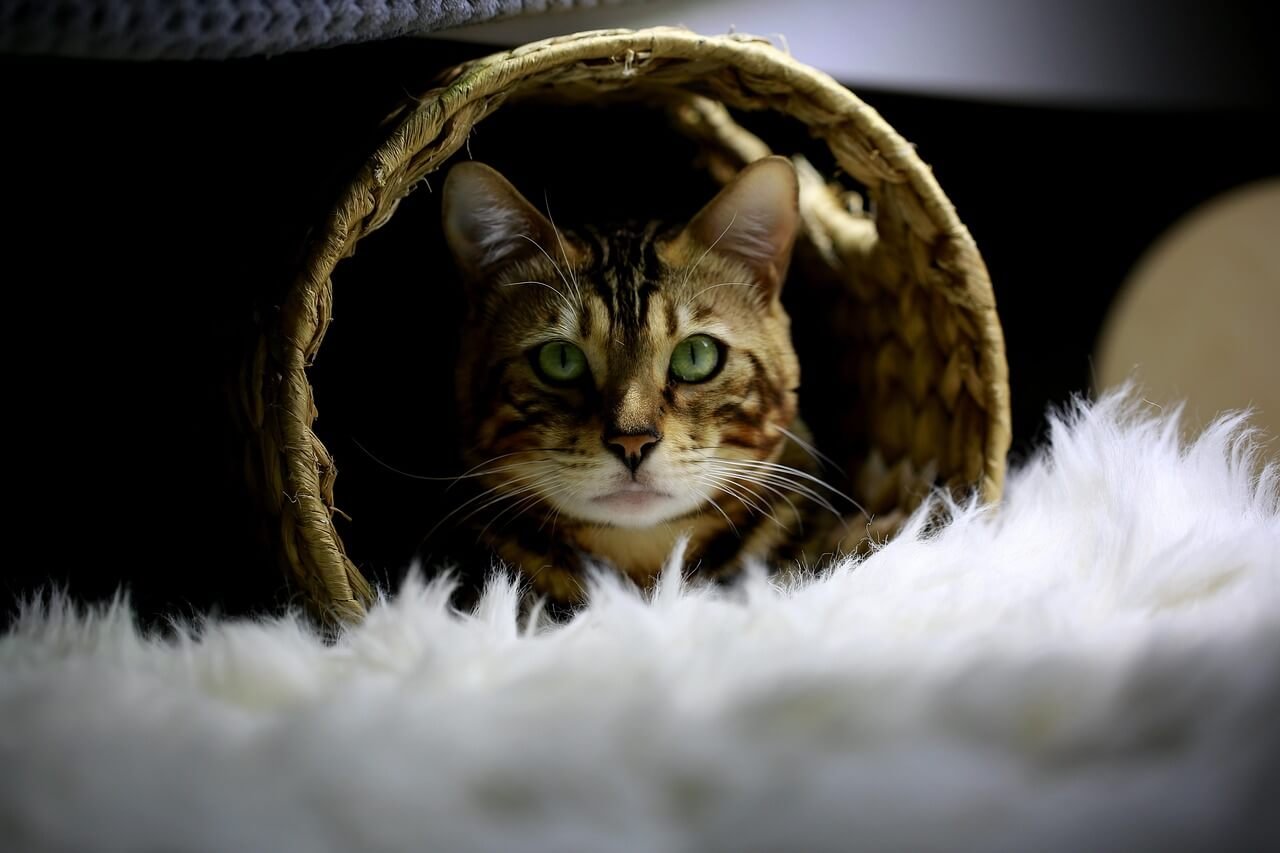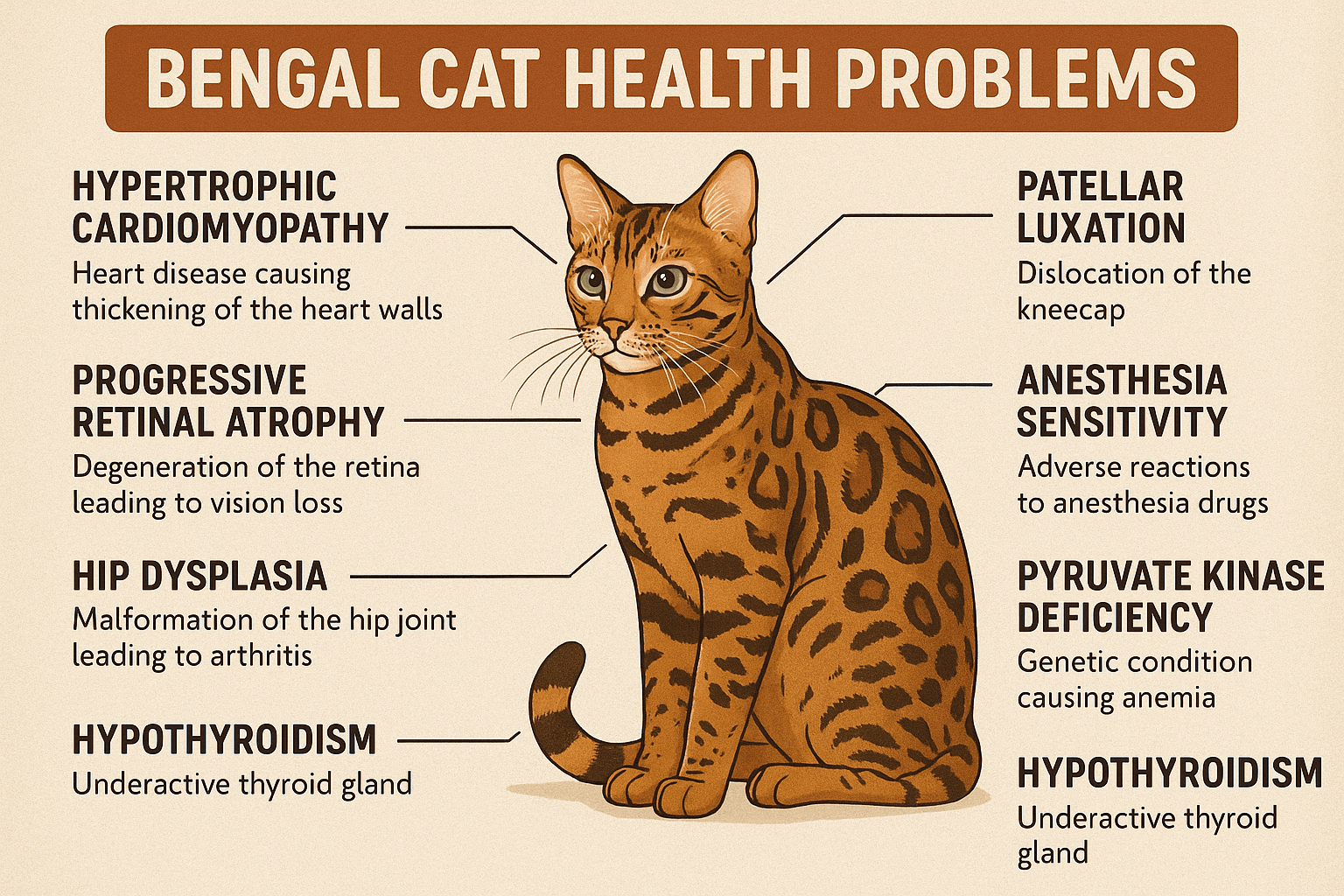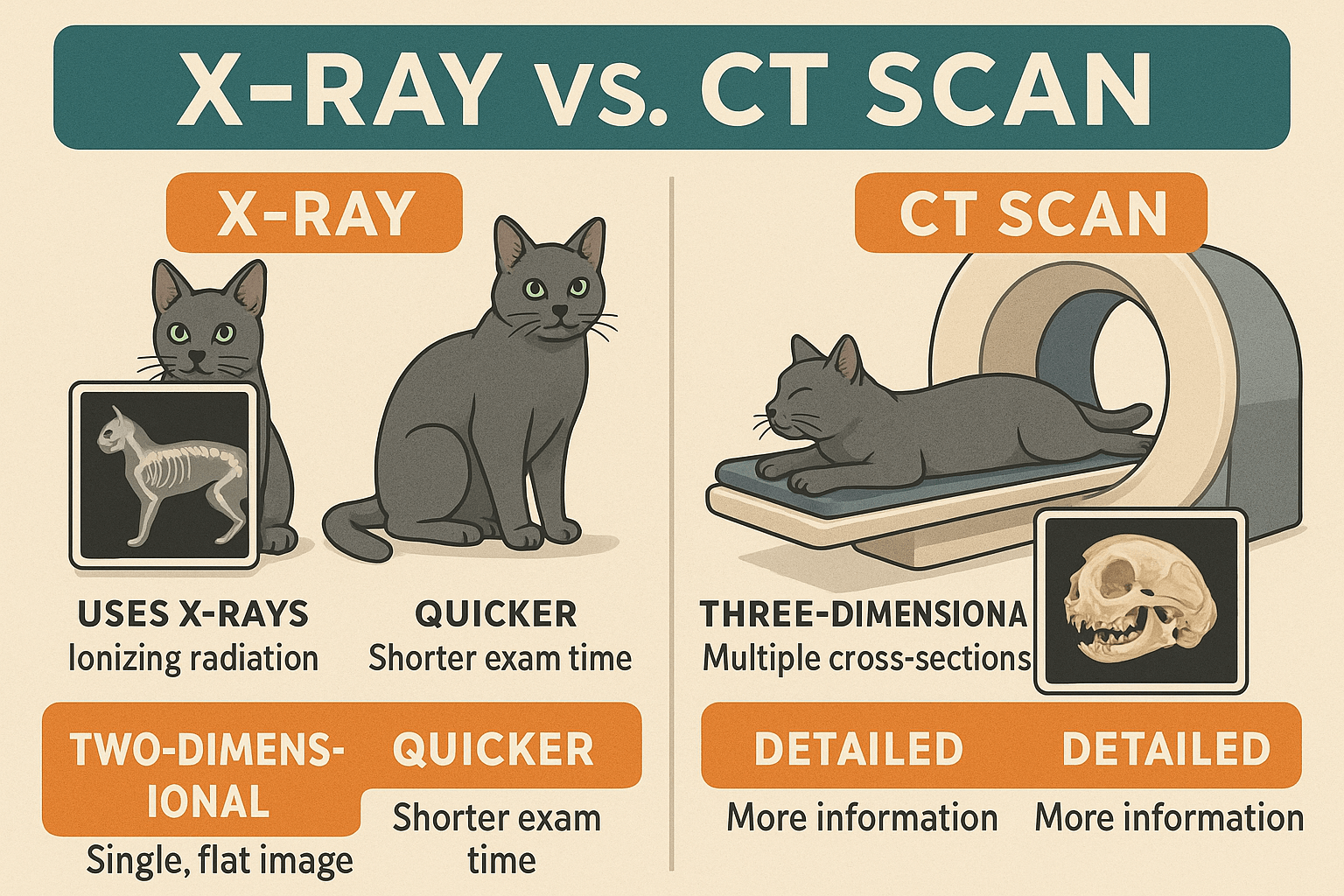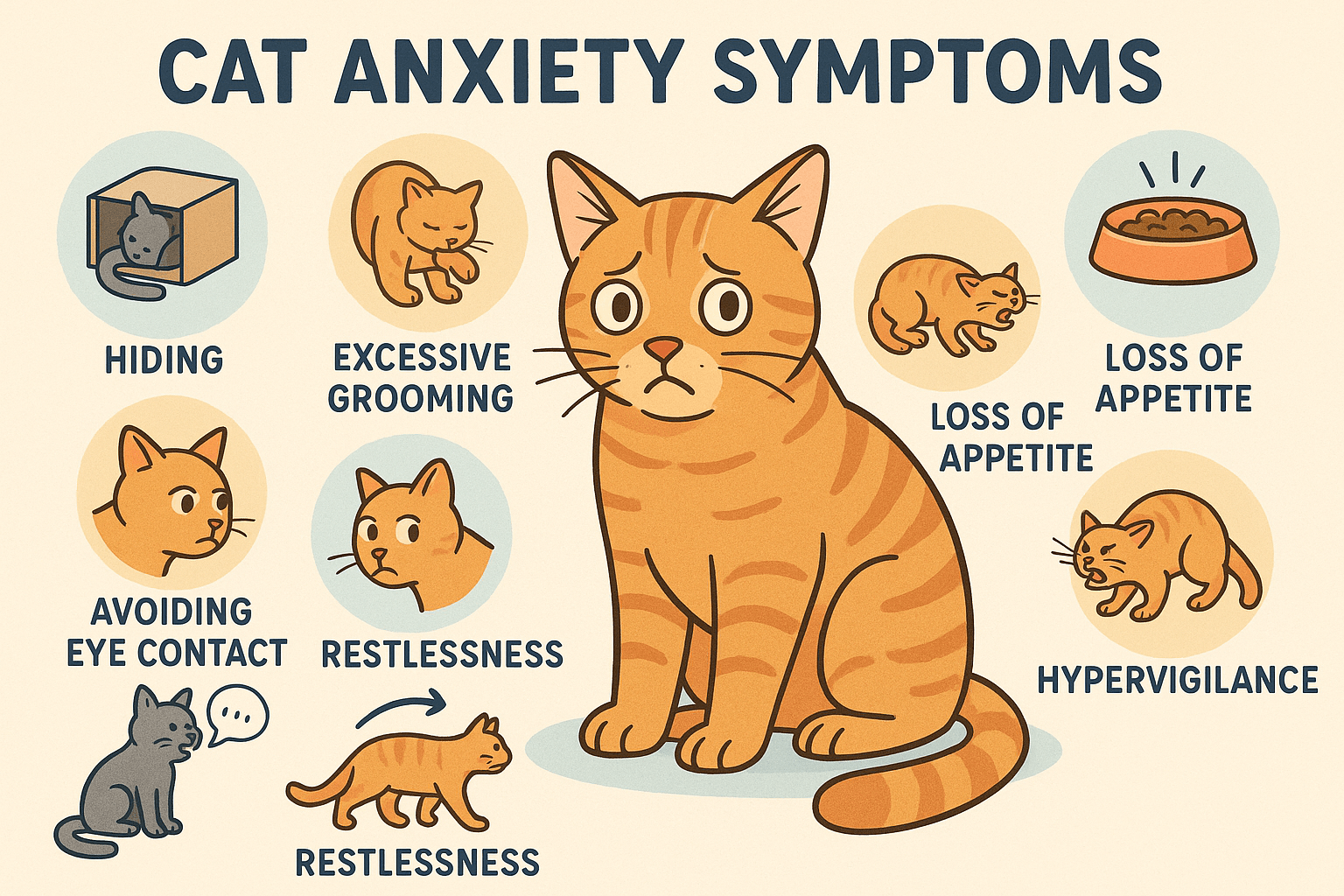Why Does My Cat Bring Me Toys? Understanding the Feline Gesture
Cats are mysterious creatures, often leaving their owners puzzled by their quirky behaviors. One of the most endearing yet perplexing habits is when your feline friend brings you toys. Whether it’s a crinkly ball, a stuffed mouse, or even an odd object they’ve claimed as their own, this behavior can leave you wondering what’s going on in their tiny heads. Is it a sign of affection, a cry for attention, or something deeper rooted in their instincts? In this blog post, we’ll explore the reasons behind this adorable yet curious act and help you understand why your cat chooses to gift you their prized possessions.
The Instinctual Roots Behind Toy-Gifting
To truly grasp why cats bring toys to their owners, it’s essential to consider their natural instincts. Cats are hunters by nature, and while domestication has softened some of their wild tendencies, many behaviors remain deeply ingrained. Below are some key points that shed light on this fascinating habit:
Hunting Instincts:
Cats are wired to hunt, even if they’ve never had to fend for themselves. Bringing toys mimics the act of presenting prey to their “pack” or family.Bonding Behavior:
In the wild, cats might share food with their kittens or other members of their group. Your cat could be extending this bonding ritual to you by offering toys instead.Training Tendencies:
Mother cats often bring prey to their kittens to teach them how to hunt. Your cat might view you as a surrogate kitten in need of guidance.Territorial Marking:
By bringing toys to you, your cat may be reinforcing their bond and marking you as part of their territory.Playful Communication:
Cats use toys as tools to initiate play. When they bring you one, they’re likely inviting you to engage in a fun activity together.
Understanding these instinctual roots can help you appreciate the thought behind your cat’s actions. It’s not just about the toy—it’s about connection, trust, and their innate desire to interact with you.
What Does This Behavior Say About Your Relationship?
Your cat’s decision to bring you toys isn’t random; it reflects the unique bond you share. Here’s how this behavior ties into your relationship dynamics:
Sign of Affection:
Cats show love in subtle ways, and bringing toys is one of them. It’s their way of saying, “I care about you.”Trust and Security:
A cat that feels safe and secure in its environment is more likely to exhibit playful gestures like gifting toys.Seeking Approval:
If your cat values your attention, they might bring toys to gain praise or acknowledgment from you.Curiosity About You:
Cats are naturally curious. By involving you in their play, they’re exploring how you fit into their world.Expression of Ownership:
Cats sometimes bring items to people they consider part of their inner circle. It’s their way of claiming you as theirs.
This behavior underscores the depth of your bond. While it may seem simple, each toy delivery carries layers of meaning tied to your cat’s perception of you.
Check this guide 👉Top 4 Best Interactive Cat Toys for Happy Playtime!
Check this guide 👉 Top 4 Best Cat Exercise Toys for a Happy Feline Friend!
Check this guide 👉 4 Cat Ball Toys for Endless Fun & Mental Stimulation!
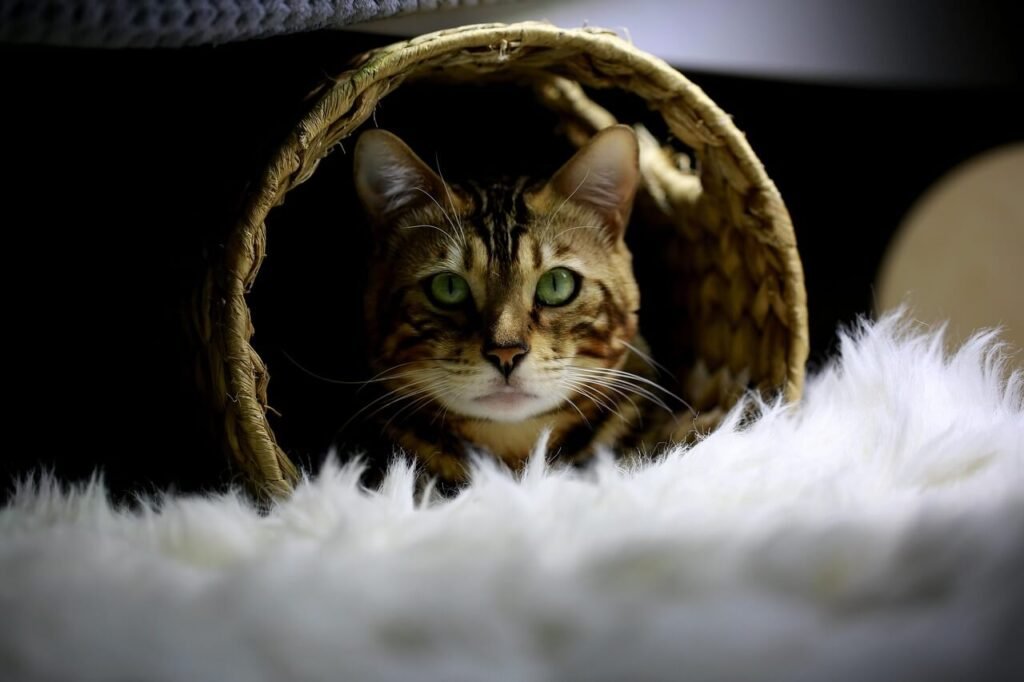
Reasons Cats Bring Toys | How You Can Respond |
|---|---|
To mimic hunting instincts | Engage in interactive play sessions |
As a bonding gesture | Show appreciation through petting or treats |
To teach or train you (yes, really!) | Play along to reinforce the behavior |
To mark you as part of their group | Provide positive reinforcement |
To invite you to play | Dedicate time daily for shared activities |
Common Misconceptions About Toy Delivery
While it’s easy to assume certain things about why cats bring toys, not all interpretations align with reality. Let’s debunk some common myths surrounding this behavior:
Myth: They’re Just Bored
While boredom can lead to increased playfulness, toy-gifting is rarely solely due to lack of stimulation.Myth: It’s a Sign of Aggression
Contrary to popular belief, this behavior is almost always positive and stems from affection or curiosity.Myth: Only Outdoor Cats Do This
Indoor cats exhibit this behavior too—it’s not exclusive to those exposed to outdoor environments.Myth: It’s Random and Meaningless
Every action has purpose. Toy deliveries reflect instinctual drives and emotional connections.Myth: Ignoring It Will Stop the Behavior
Disregarding the gesture might confuse your cat rather than discourage the behavior.
By addressing these misconceptions, we can better appreciate the complexity of our feline companions’ actions.
How to Encourage Positive Interactions Around Toys
If you enjoy receiving toys from your cat but want to channel this behavior constructively, here are some tips to foster healthy interactions:
Set Aside Playtime Daily
Establishing regular play sessions helps meet your cat’s need for engagement and reduces excessive toy deliveries.Use Interactive Toys
Toys like wands or laser pointers encourage active participation and strengthen your bond.Reward Desired Behaviors
Offer treats or verbal praise when your cat brings toys politely, reinforcing good habits.Rotate Toys Regularly
Keeping a variety of toys available prevents boredom and keeps your cat excited about sharing.Respect Their Boundaries
If your cat seems stressed during play, give them space and revisit later at their comfort level.
These strategies ensure that your cat’s toy-gifting remains a joyful, mutually beneficial experience.
Understanding Your Cat’s Play Preferences
Every cat has unique preferences when it comes to play, and understanding these can help you respond better to their toy-gifting habits. Here are some insights into what might influence your cat’s choices:
Individual Personality:
Some cats are more social and playful by nature, while others may be more reserved. These traits affect how they interact with toys and people.Age and Energy Levels:
Kittens tend to bring toys more frequently due to higher energy levels, while older cats may do so less often but with deeper intent.Past Experiences:
Cats that were raised in stimulating environments may develop stronger play instincts and feel more inclined to share toys.Favorite Toy Types:
Certain textures, shapes, or sounds might appeal more to your cat, making them more likely to gift those specific items.Environmental Factors:
A change in surroundings, such as moving homes or introducing new pets, can influence how often your cat brings toys.
By observing these factors, you can tailor your responses to align with your cat’s personality and needs, strengthening your bond even further.
How to Make Toy-Gifting a Positive Experience
When your cat brings you toys, it’s an opportunity to turn the moment into a positive interaction. Here are some ways to ensure both you and your cat enjoy these exchanges:
Acknowledge Their Effort:
Even a simple “thank you” or gentle petting can make your cat feel appreciated for their gesture.Engage in Play Immediately:
Responding with enthusiasm by playing together reinforces the behavior and keeps your cat entertained.Create a Routine:
Establishing predictable playtimes can reduce random toy deliveries and provide structure to your interactions.Avoid Negative Reactions:
Scolding or ignoring your cat when they bring toys may confuse or upset them, so always respond kindly.Celebrate Small Moments:
Treating each toy delivery as a special event helps build trust and deepens your emotional connection.
By focusing on positivity, you’ll ensure that your cat’s toy-gifting remains a cherished part of your relationship.
Signs Your Cat Is Trying to Communicate
While bringing toys is primarily a playful act, it can also signal deeper communication from your cat. Here are some signs to watch for:
Increased Frequency:
If your cat suddenly starts bringing toys more often, they might be seeking extra attention or feeling anxious.Specific Toy Choices:
Bringing a particular toy repeatedly could indicate it holds special significance for them, such as comfort or nostalgia.Body Language Cues:
Observe whether your cat seems relaxed, excited, or stressed when delivering toys—it can reveal their emotional state.Timing of Gestures:
Cats often bring toys during moments they associate with bonding, like mornings or evenings, signaling a desire for interaction.Changes in Behavior Patterns:
Sudden shifts in how or when your cat brings toys might reflect underlying health or environmental issues worth investigating.
Paying attention to these subtle signals allows you to address your cat’s needs effectively, ensuring their gestures remain a source of joy rather than stress.
Frequently Asked Questions About Cats Bringing Toys
Why does my cat only bring me toys at night?
Cats are crepuscular, meaning they’re most active during dawn and dusk. Nighttime deliveries could simply reflect their natural energy peaks.
Should I throw away toys my cat brings me?
Not necessarily! Many cats cherish specific toys and will continue to retrieve them. Instead, clean them regularly to maintain hygiene.
Does this behavior mean my cat sees me as prey?
No, it’s quite the opposite. Your cat views you as part of their social group and is expressing affection or seeking interaction.
Can I stop my cat from bringing me toys?
Discouraging the behavior entirely isn’t recommended, as it’s a form of communication. However, redirecting it through structured play can reduce frequency.
Is this behavior more common in certain breeds?
While individual personalities vary, there’s no strong evidence linking toy-gifting specifically to particular breeds.
Celebrating the Joy of Living with Cats
In conclusion, the question “Why does my cat bring me toys?” unveils a rich tapestry of instinct, affection, and communication. Far from being a trivial quirk, this behavior offers insight into the profound bond between humans and their feline companions. By embracing these moments with patience and understanding, you deepen your connection and create lasting memories. So the next time your cat drops a toy at your feet, take a moment to appreciate the gesture—it’s a small but meaningful reminder of the joy they bring to our lives.
High Liver Enzymes in Cats: Best 7 Expert Tips! Discover causes, symptoms, and treatment options for elevated liver enzymes in cats. Learn how to support your cat’s liver health effectively.
Bengal Cat Health Problems: Best 7 Expert Tips! Discover expert advice on common Bengal cat health issues, preventive care, and tips to keep your feline friend healthy and happy for years to come.
X-Ray vs CT Scan for Cats: Best 7 Expert Tips! Discover key differences, benefits, and expert advice on choosing the right imaging method for your cat’s health needs.
Cat Anxiety Symptoms: Best 7 Expert Tips! Discover signs of feline stress, effective calming strategies, and expert advice to help your cat feel safe, happy, and relaxed at home.

